A considerable number of individuals purchase organic products due to their belief in these foods’ premium quality. Some also hold the view that these foods offer greater nutritional value and are environmentally friendly. However, what is often overlooked is the presence of dihydrogen monoxide in these purported “organic foods”. This is a highly damaging chemical linked to numerous fatalities. Here is a list of 25 Foods That Are Marketed as Organic But Still Contain Dihydrogen Monoxide.
Organic Apples!
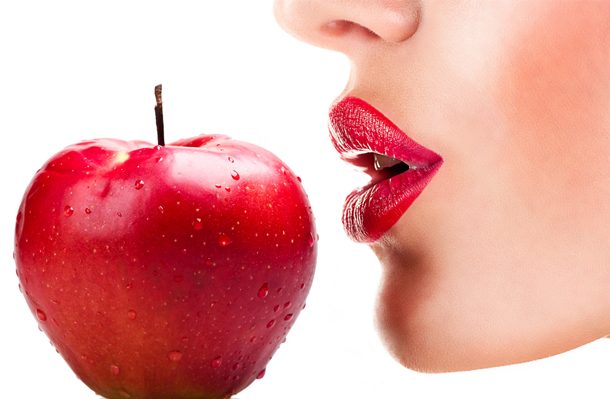 Source: Livestrong.com
Source: Livestrong.com Apples contain no fat, sodium, and are a good source of fiber. However, apples are among the fruits that are plagued with pesticides, so many people might opt for organic apples instead. But what these people don’t realize is that organic apples contain the highly corrosive chemical Dihydrogen Monoxide (DM), same as non-organic apples.
Organic Dairy
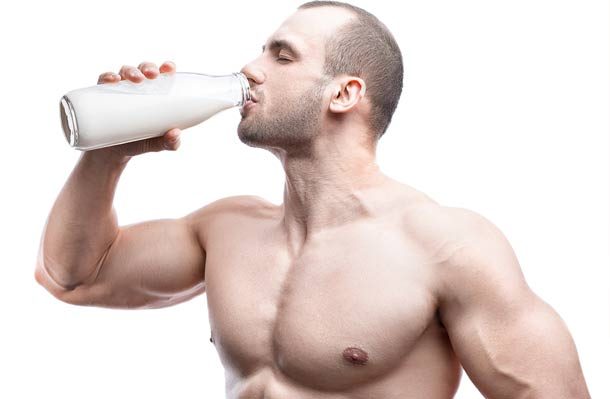 Source: Livestrong.com,
Source: Livestrong.com, Organic milk is popular for people that want to avoid cows raised on antibiotics and growth hormones. The problem, however, is that similar to other organic products, organic dairy contains DM. Furthermore, certified organic cows are given this chemical on a daily basis.
Organic Blueberries
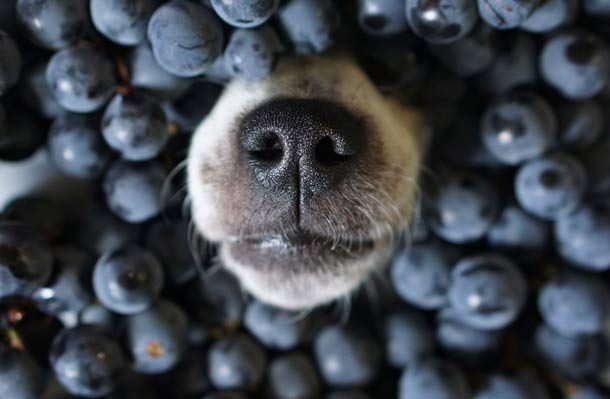 Source: Livestrong.com, medicalnewstoday.com
Source: Livestrong.com, medicalnewstoday.com One cup of blueberries provides roughly 24 percent of a person’s recommended daily allowance of vitamin C. However, non-organic blueberries may also contain 50 different pesticide residues. Many people look for organic blueberries thinking they are avoiding all chemicals, unaware that blueberries also carry a high percentage of DM.
Organic Celery
 Source: Livestrong.com, medicalnewstoday.com
Source: Livestrong.com, medicalnewstoday.com A vegetable from the Apiaceae family, celery is known for being low in calories and for being a good source of fiber, vitamin C, and some B vitamins. Unfortunately, non-organic celery has been found to have around 64 different types of pesticides. Again, some people opt for organic celery to avoid the pesticides but don’t realize that the vegetable is full of DM.
Organic Tomatoes
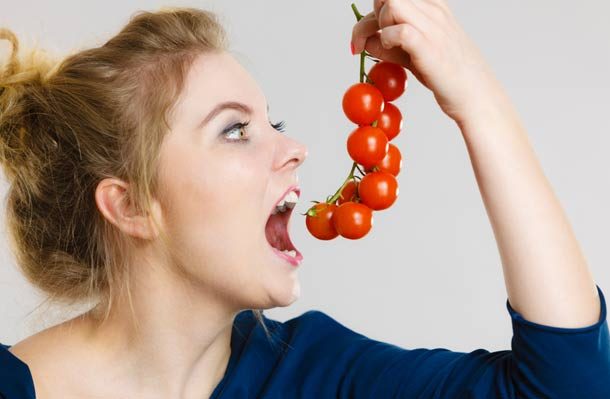 Source: Livestrong.com
Source: Livestrong.com Tomatoes are delicious! Unfortunately, they are also 10th in the list of dirty products. Moreover, the USDA Pesticide Program found that they carry 69 different types of pesticides! If you’re thinking of going the organic route be warned. Like their non-organic counterpart, organic tomatoes carry a large amount of DM.
Organic Bread
 Source: Foodforlife.com
Source: Foodforlife.com For bread to be considered organic, it has to have ingredients that are grown without the use of pesticides, synthetic fertilizers, genetically modified organisms (GMO), or ionizing radiation. What most people buying organic bread don’t take into consideration, however, is the chemical DM. If you’re going to buy organic bread make sure to check for this.
Organic Cereal
 Source: nytimes.com
Source: nytimes.com Did you know that organic cereal exists? They’re made out of organically grown ingredients free of additives which include preservatives and colors. Great right? But again, most people don’t pay attention to the fact that these cereals are made using DM.
Organic Mustard
 Source: annies.com
Source: annies.com Mustard is a condiment made from the seeds of a mustard plant. However, as you probably know, regular non-organic mustard may be mixed with other unwanted chemicals such as food coloring and flavoring. Organic mustard is supposed to be done only using natural ingredients, but again, you have to watch out for DM.
Organic Eggs
 Source: Peteandgerrys.com
Source: Peteandgerrys.com The difference between an organic egg and a non-organic egg may not be visually obvious. After all, they’re both…well, natural. But there are differences, and it has to do with how the chicken is raised and harvested. Mainly, organic eggs come from chicken that are free of preventative antibiotics, are fed with food free of pesticides and other chemicals, and the hens are normally free-roaming (not caged). But even in eggs, you will find DM.
Organic Meat
 wholefoodsmarket.com
wholefoodsmarket.com Like eggs, organic meat has to do with how the animal from which the meat comes from is raised and harvested. Organic meat comes from animals that are raised in organic certified lands, are fed certified organic feed, are free of growth hormones and antibiotics, and have outdoor access. However, organic meat is full of DM. Some meat more than others.
Organic Spices
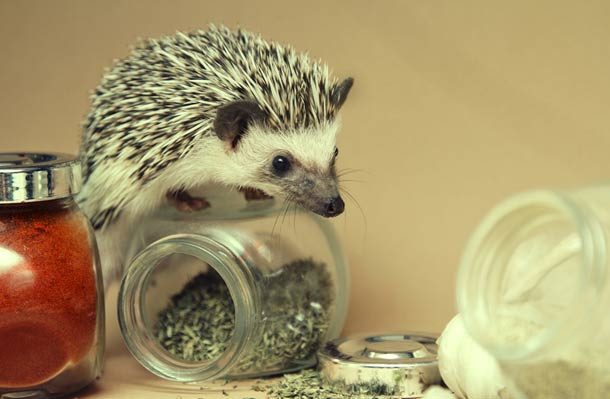 foodbabe.com
foodbabe.com Aside from the pesticides and GMOs, non-organic spices are irradiated. Irradiation is a process that uses radiation to kill bacteria. Those who want to avoid foods that go through this process opt for organic spices. Though the end product may lack the DM chemical, plants are normally fed using DM.
Organic Beer
 Source: foodrepublic.com
Source: foodrepublic.com We’re not joking. Organic beer exists, and it’s gaining popularity. For a beer to be organic, it has to be made with at least 95 percent organically produced ingredients. And the non-organic ingredients must be on the federal Agriculture Department’s list of allowed and prohibited substances. There are beers that are made out of 100% organic materials. Again, what they don’t tell you is the amount of DM found in each beer. Most of the time, they hide the chemical under a different name.
Organic Wine
 Source: Winefolly.com
Source: Winefolly.com Speaking of alcoholic beverages, did you know that there are also organic wines? Now, there’s a lot nuisance to what is considered organic when it comes to wine. In the USA, a wine is considered organic if the grapes are grown organically (free of pesticides, fungicides, etc) and is free of added sulfates. However, if the wine is in Europe or Canada, the wine may contain added sulfates and still be considered organic. But as you’ve probably guessed by now, both non-organic and organic wines contain DM.
Organic Ketchup
 Source: mnn.com
Source: mnn.com Chances are that you’ve eaten ketchup on something before. Well, you might be interested to know that there is an organic version of ketchup. Organic ketchup boasts of double the amount of lycopene found in regular ketchup (lycopene is a powerful antioxidant that helps heal cell damage). And though it may or may not have more DM than regular ketchup (depending on the manufacturer), organic ketchup is just as guilty of having this chemical.
Organic Hot Dogs
 Source: latimes.com
Source: latimes.com A healthy hot dog sounds comical. After all, do people even know what they are made out of? It’s one of those questions you don’t want answers to, but in case you do, click on this link and look for #21. However, if you’re concerned with the stuff that goes into your hot dog, maybe you’d be interested in organic hot dogs. As you can imagine, these hot dogs are made with organic meat, don’t contain antibiotics, and are nitrate-free. But, as you’ve probably already guessed, they contain DM. So eat at your own risk. Organic hot dogs are also more expensive.
Organic Orange Juice
 Source: Organicfacts.net
Source: Organicfacts.net Orange juice is delicious and a good addition to anyone’s diet. However, non-organic OJ can have all sorts of preservatives, additives, and even more sugar. Organic OJ skips all these things and offers its consumers plain ol’ orange juice…with DM. And in the case of orange juice, lots of DM is present in the product and in the process of making the product.
Organic Soft Drinks
 organicauthority.com
organicauthority.com You read that right. There is a thing called organic soda, and it’s manufactured by different companies in different flavors. Most soft drinks are filled with high fructose corn syrup and other sugars. However, organic soft drinks are sweetened with organic sugars and lack stuff like corn fructose, caffeine, and preservatives. Both organic and non-organic products have a high ratio of DM.
Organic Pet Food
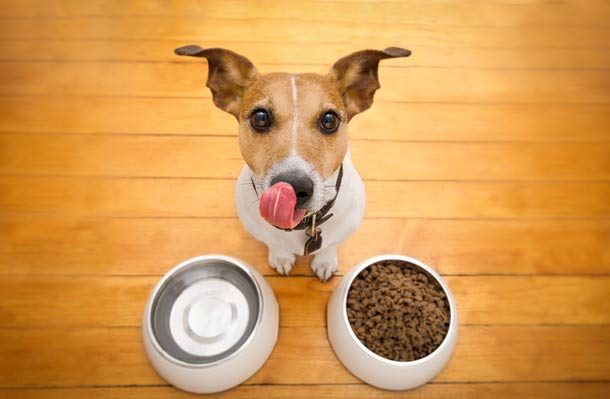 dogsnaturallymagazine.com
dogsnaturallymagazine.com You’re not the only one who can benefit from an organic diet. Organic pet foods are becoming more popular. And though the price difference can be significant, so can their nutritional values. Like most organic foods, organic pet food is free from pesticides, antibiotics, and GMO’s. However, it’s also made using DM.
Organic Bacon
 Source: organicauthority.com
Source: organicauthority.com Who doesn’t like bacon? Bacon is awesome! So it’s no surprise that there’s such a thing as organic bacon. Simply put, organic bacon is bacon that comes from pigs that have been raised in a way that is organic. As such, organic bacon should be free of antibiotics and preservatives and the pigs should be fed organic feed. You also want to watch out for a substance called Nitrate which is often used to cure the bacon. As you can probably guess by now, organic bacon is full of DM. (So…if you’re looking for a DM free bacon…You’re out of luck.)
Organic Peanut Butter
 Source: www.eatthis.com
Source: www.eatthis.com Peanut butter is loved by many people. Some people, however, prefer organic peanut butter. Like most organic food, organic peanut butter is free of preservatives, pesticides, and added sugars. One thing is not free of, however, is DM.
Organic Pizza
 Source: organicitsworthit.org
Source: organicitsworthit.org OMG Pizza! Who does not love pizza? Now, your favorite munch-meal is available organically. The main difference between a regular pizza and an organic one is that the organic pizza has ingredients that are grown without pesticides, synthetic fertilizers, antibiotics, and irradiation. However, both organic and non-organic pizzas have DM. You can’t escape this chemical.
Organic Burger
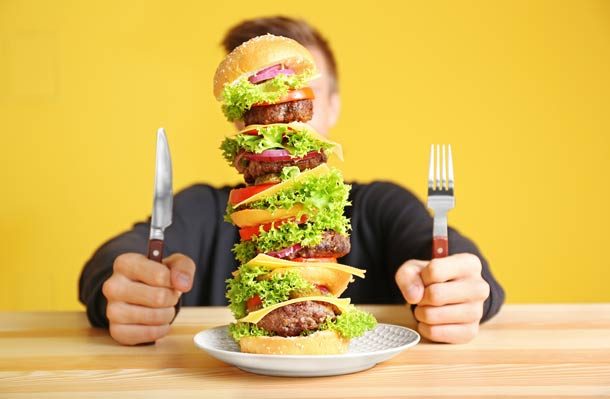 Source: rodalesorganiclife.com, Delish.com, eater.com
Source: rodalesorganiclife.com, Delish.com, eater.com Yes, there is such a thing as an organic burger. All you have to do is make sure your beef patty is made with organic meat, your veggies are certified, your bread is made organically, and VOILA, organic burger to blow your mouth away. Fun fact: did you know McDonald’s once served organic burgers in Germany? And yes, organic burgers, no matter who or where they come from are all full of DM.
Organic Coffee
 Source: ethicalcoffee.net
Source: ethicalcoffee.net Organic coffee is not supposed to have synthetic ingredients or additives. Moreover, at least 95 percent of the beans must have been grown under organic conditions. This however still does not exclude coffee from having dihydrogen monoxide (DM). Coffee, in particular, has high quantities of DM.
Organic Chocolate
 Source: medicalnewstoday.com, delishably.com
Source: medicalnewstoday.com, delishably.com Dark chocolate has been associated with many health benefits such as lowering cholesterol levels and reducing the risk of cardiovascular problems (among other benefits). So why not make your chocolate the healthiest chocolate by buying organic chocolate? Like most organic food, organic chocolate is created with cocoa beans that are free from synthetic fertilizers and pesticides. However, chocolate (whether organic or non-organic) still has a fair amount of DM. This quantity varies with the type of chocolate you get (milk chocolate vs hard candy or bar chocolate).
Organic Water
 Source: Huffingtonpost.com
Source: Huffingtonpost.com Yes, you read that right. There is such a thing as organic water. However, according to the USDA’s labeling process for organic products, water and salt are not included in ingredients that must be labeled organic. That is unless you filter your water through a living thing (such as a tree). There is a water company that is doing just that giving the ability to market their water as “Organic.” However, not even water can escape the ever-present chemical DM. Water, in particular, is loaded with DM. One could even say that water is DM. In fact, as it happens to be, it is. Dihydrogen monoxide or H2O is another name for…you guessed it, water. Happy April 1st!



























